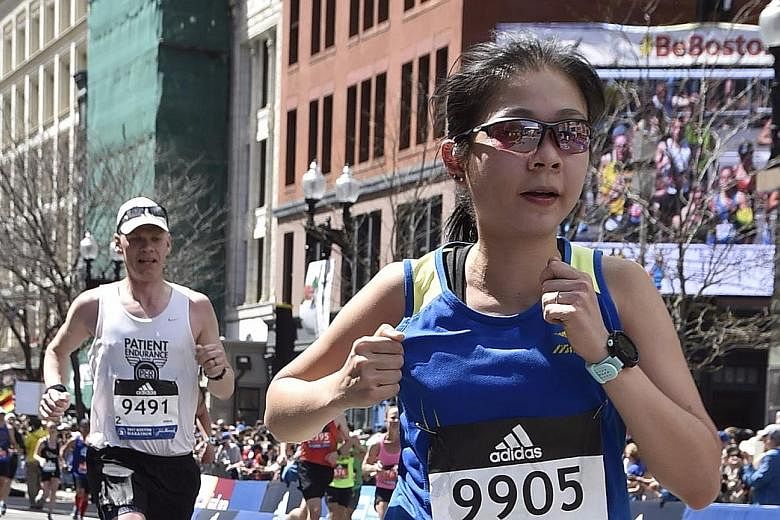Last week, Dr Ivan Low, a research fellow at the National University of Singapore department of physiology, shared with us the three key determinants of running performance - VO2max (maximum oxygen uptake), lactate threshold and running economy.
These values may be determined by conducting either a laboratory test to measure one's oxygen intake while running on a treadmill, or simple time trials which may be completed at one's own time.
By utilising the results of each test, one would be able to train in a more specific and efficient manner.
SPECIFICITY
Specificity in training is important to enable one to achieve one's desired outcome. Just as you would practise only algebra (instead of, say, geometry or statistics) in preparation for an upcoming algebra test, it is crucial that your run training programme is specifically tailored to suit the run event which you are preparing for.
Specificity in run training requires one to run at a specific pre-determined pace, no slower and no faster.
For example, easy runs are the bread and butter of any training programme. It is difficult for beginners to determine how quickly or slowly to run during easy runs without guidance from a coach. Some may run them at a pace that is too fast, causing unnecessary fatigue. Some may also run them at a pace that is too slow, resulting in little cardiovascular stimulation.
Knowing your VO2max would allow you to determine your "easy zone" to train in and to attain your desired results.
Aileen Tan, a Boston Marathon participant managed by ONEathlete, started off as an everyday runner like all of us.
She says, "I did mostly lactate threshold and long runs using the pace based on my predicted marathon timing.
"Long runs were useful in training endurance. To ensure that they were effective, I did them on routes with many slopes, to adapt to the terrain of the Boston Marathon."
It is a popular misconception that run training is about just running as quickly as you can each time. What is essential is to run at a set pace within specific zones. This will improve your overall running performance and lower your risk of over-training and injury.
EFFICIENCY
Efficiency comes hand-in-hand with specificity in training. As with everything that you do, you want to be able to maximise your time and effort invested. Every moment spent running should give you the maximum bang for your buck.
Being specific in each run session will increase the overall efficiency of your training program. Every time you head out for a run, you should already know exactly how fast you are going to have to run for that particular run session - eliminating any guesswork and minimising time wastage.
GET YOUR ZONES RIGHT
It may therefore be helpful to determine your training zones accurately in order for you to get the best out of your training.
Running is already difficult, so why make it harder?


